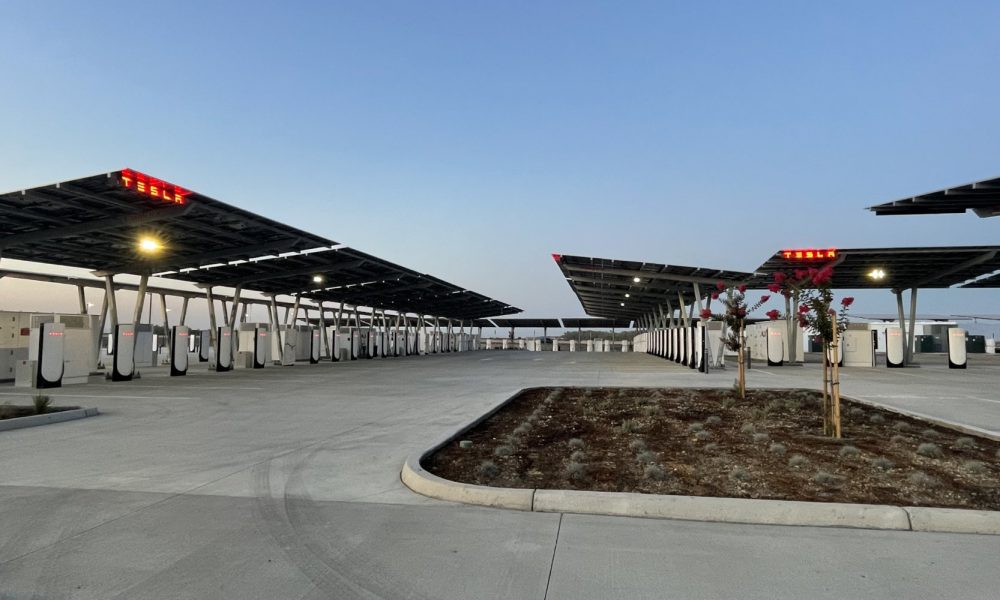Tesla Model 3 Braking Performance Controversy: A Closer Look
Recent tests conducted by a Swedish car magazine, Teknikens Värld, have sparked a debate regarding the braking performance of the new Tesla Model 3 sedan. The publication reported that the braking distance of the Model 3 Long Range was found to be lacking, with a distance of 133.2 feet (40.6 meters) recorded during their tests. This result was considered subpar compared to the expected braking distance of 124 feet (28 meters).
Furthermore, the magazine highlighted that in a comparative test, the Volkswagen ID.7 Tourer, equipped with rear drum brakes, showcased a braking distance that was notably shorter by 16 feet (5 meters). This discrepancy raised concerns about the Model 3’s braking capabilities, especially in comparison to other vehicles in its class.
Tesla’s Response to the Allegations
In response to the magazine’s claims, Tesla Sweden issued a statement asserting that the reported braking performance of the Model 3 was inconsistent with the company’s internal data and safety ratings. The company mentioned that their own tests had yielded significantly shorter braking distances of 36.5 meters for the Model 3 RWD and 36.7 meters for the Model 3 Long Range AWD.
Tesla emphasized its commitment to safety, highlighting the Model 3’s standard safety features and its impressive 5-star safety rating from Euro NCAP. The discrepancy in braking distances prompted Tesla to investigate the two Model 3 specimens used in Teknikens Värld‘s tests to determine the cause of the discrepancy.
Continued Debate
Despite Tesla’s response, Teknikens Värld stood by its assessment of the Model 3’s deficient brakes. The magazine emphasized that the results of previous tests and safety ratings were not directly relevant to the current generation of the Model 3 under scrutiny. They maintained that the observed braking performance discrepancies were significant and warranted public awareness.
The ongoing debate surrounding the braking performance of the Tesla Model 3 highlights the importance of independent testing and scrutiny in evaluating the safety and performance of vehicles. As both Tesla and the car magazine continue to exchange arguments and evidence, consumers are advised to stay informed and consider multiple sources of information when assessing a vehicle’s capabilities.

